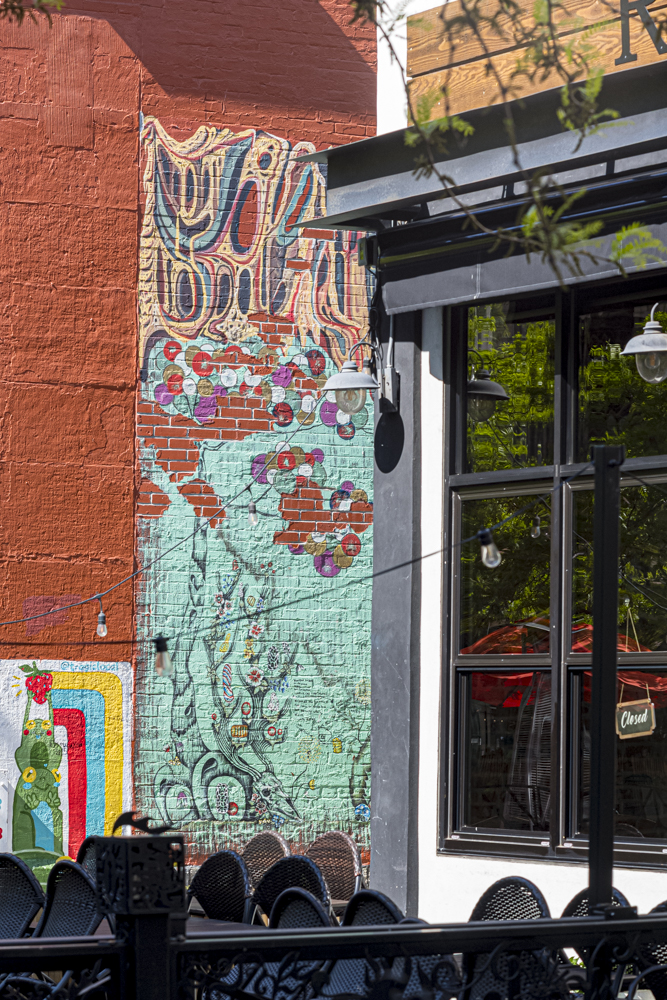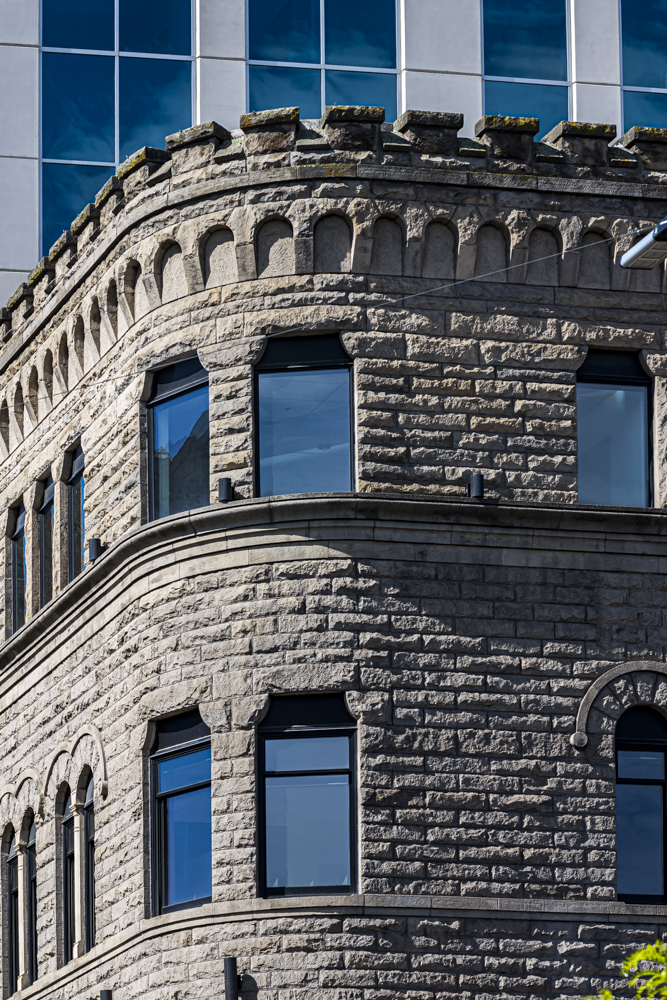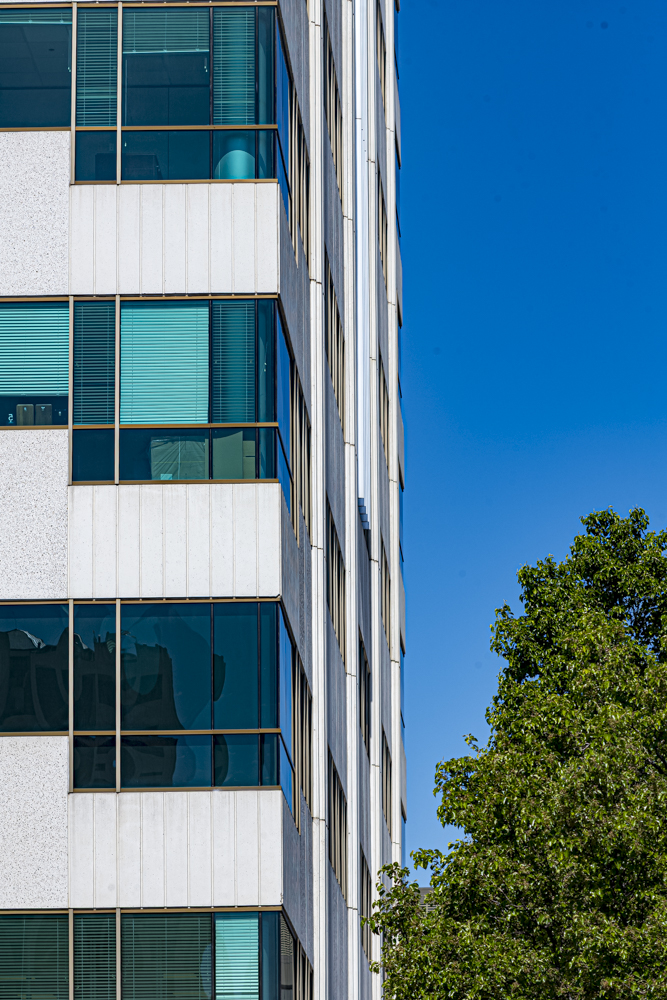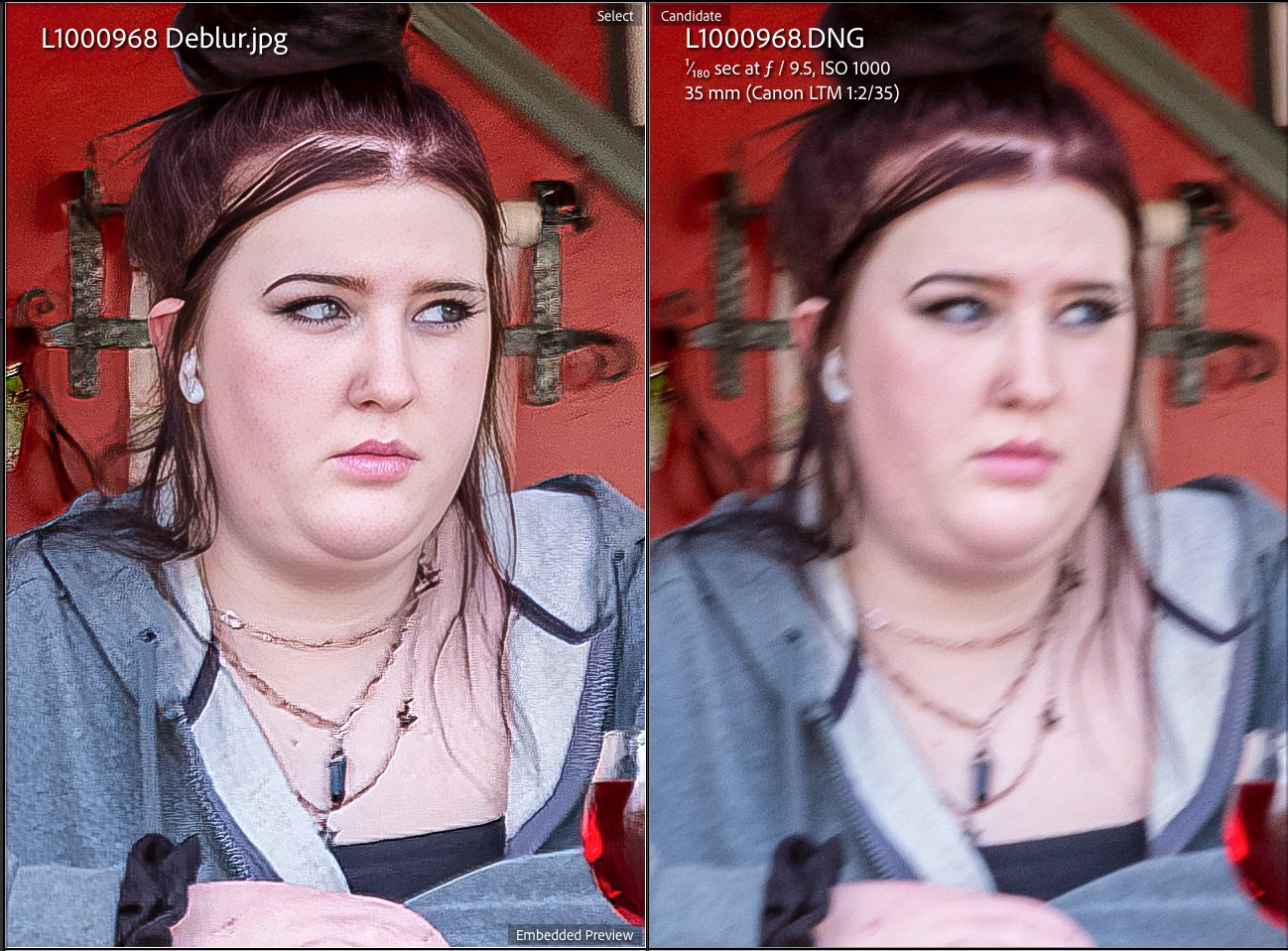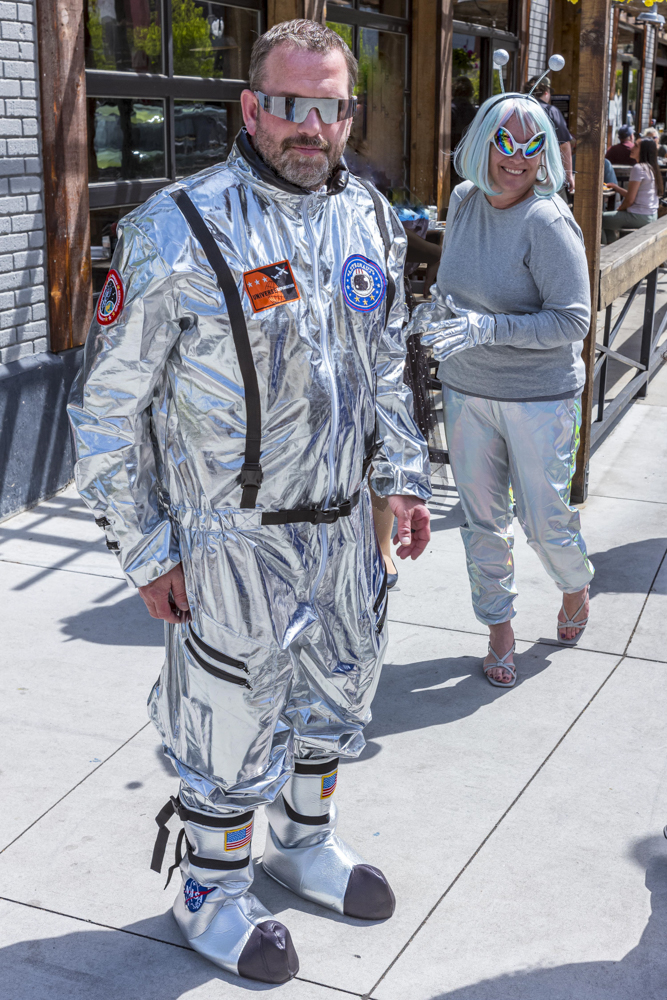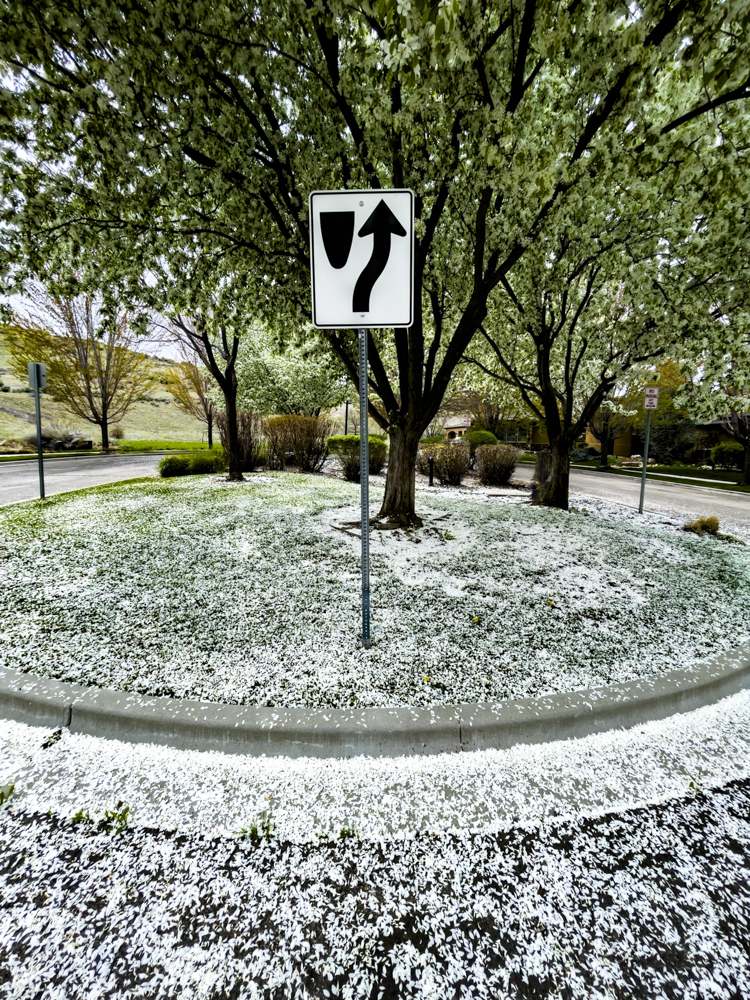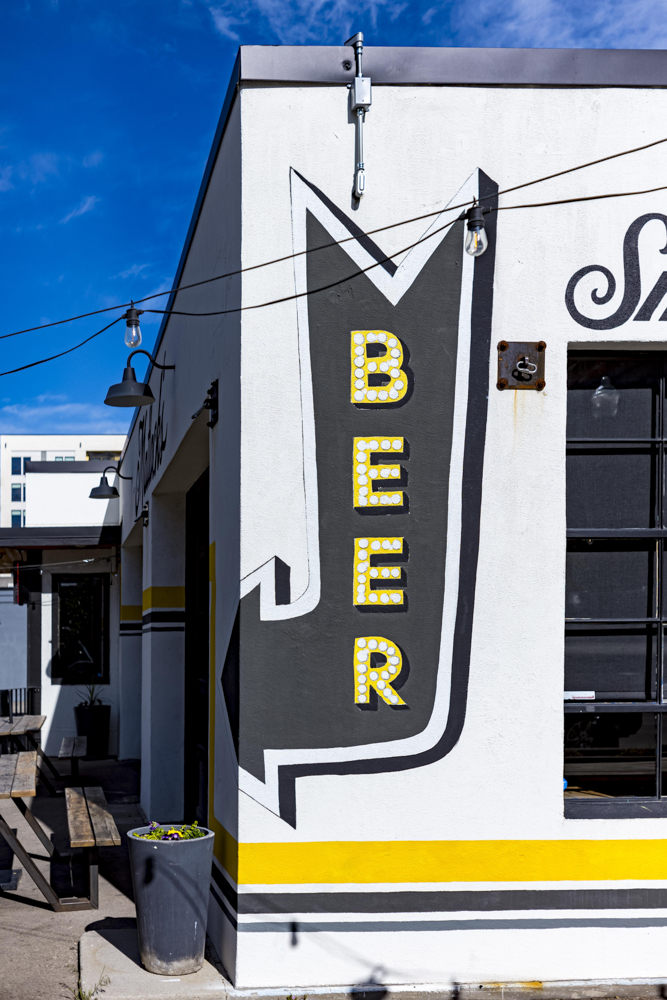An excellent lens for very little.
For an index of all Leica-related articles click here.
Sharp with excellent micro-contrast even at full aperture, this 65 year old Leitz 135mm f/4 Elmar lens is excellent for capturing architectural details and street candids, though the latter can be a real challenge given the lens’s demand for correct focus, which can take time with the long throw focus collar.
Some examples snapped yesterday – architecture first. Five of these can be clicked for a much larger version:
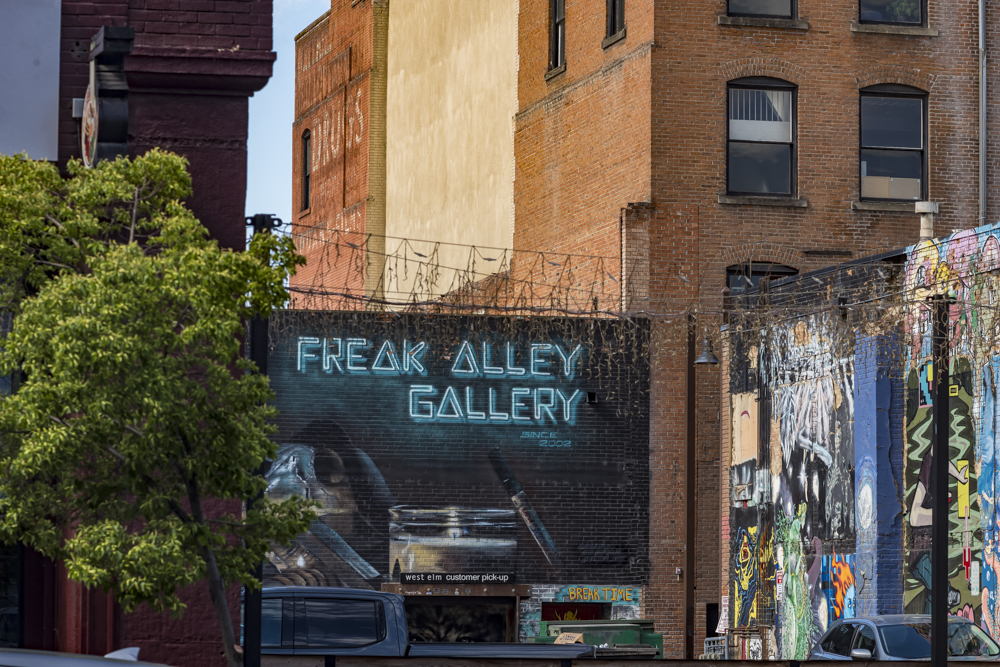
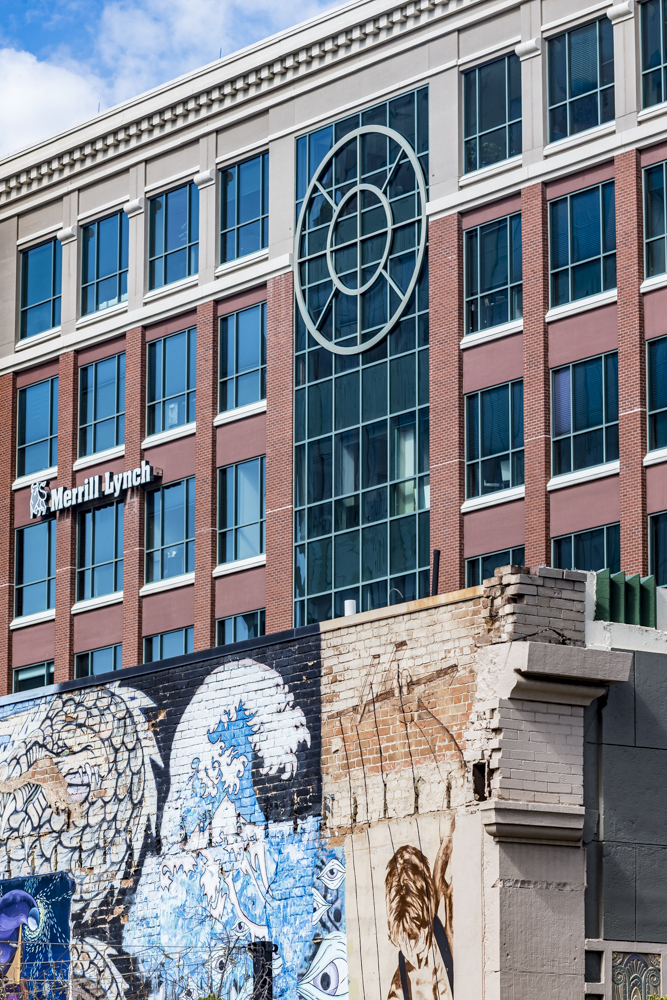
Click for a bigger version. Note that even focused close to infinity
at f/8 the lens delivers very shallow depth of field.
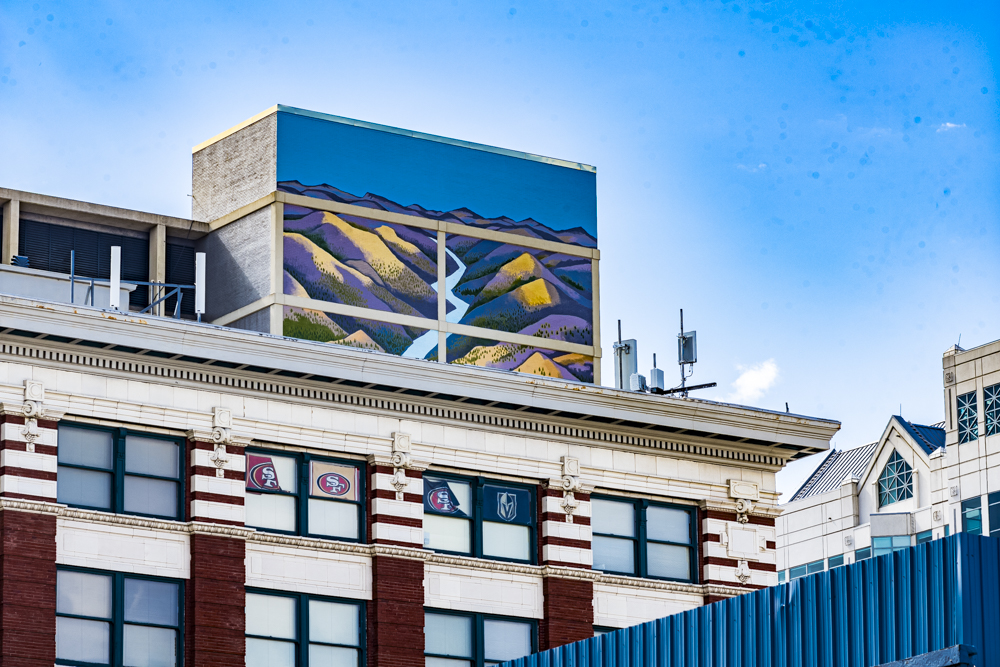
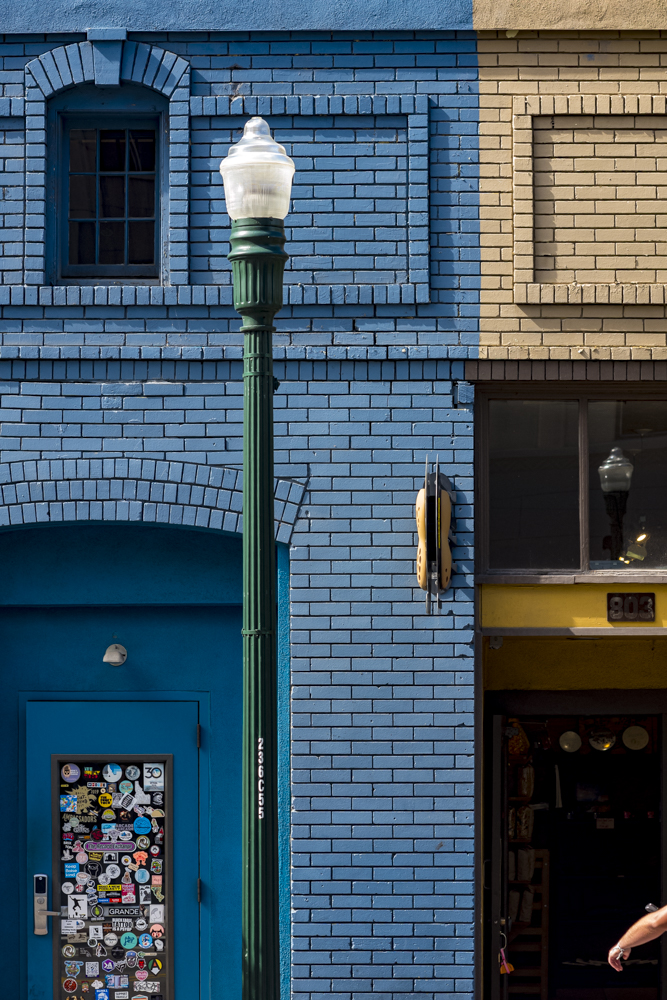
Click for a bigger version. Check the definition in the glass
globe and wall stickers in the big version.
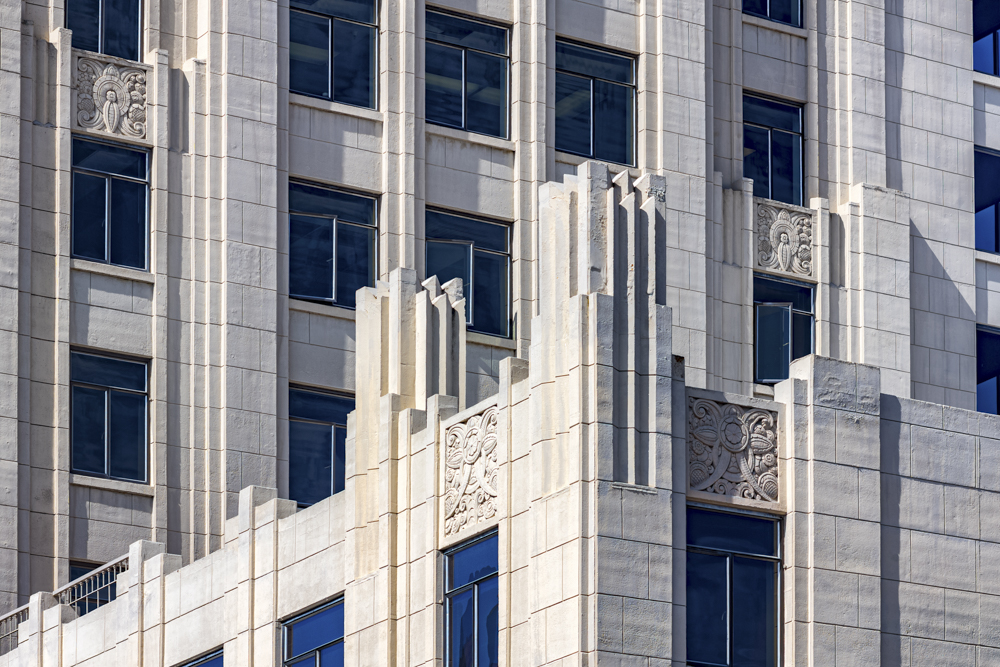
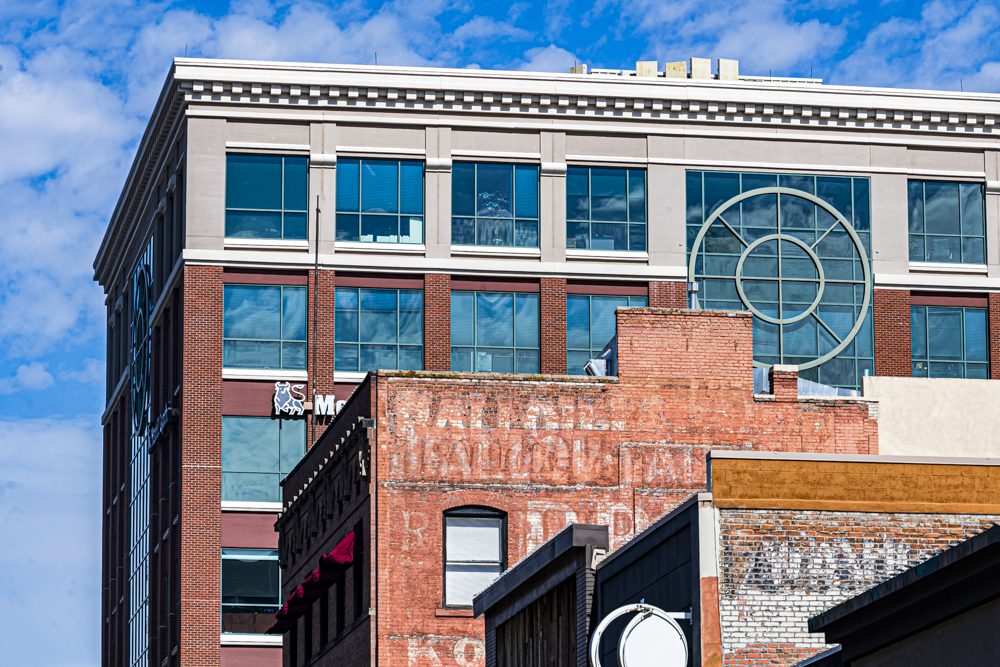
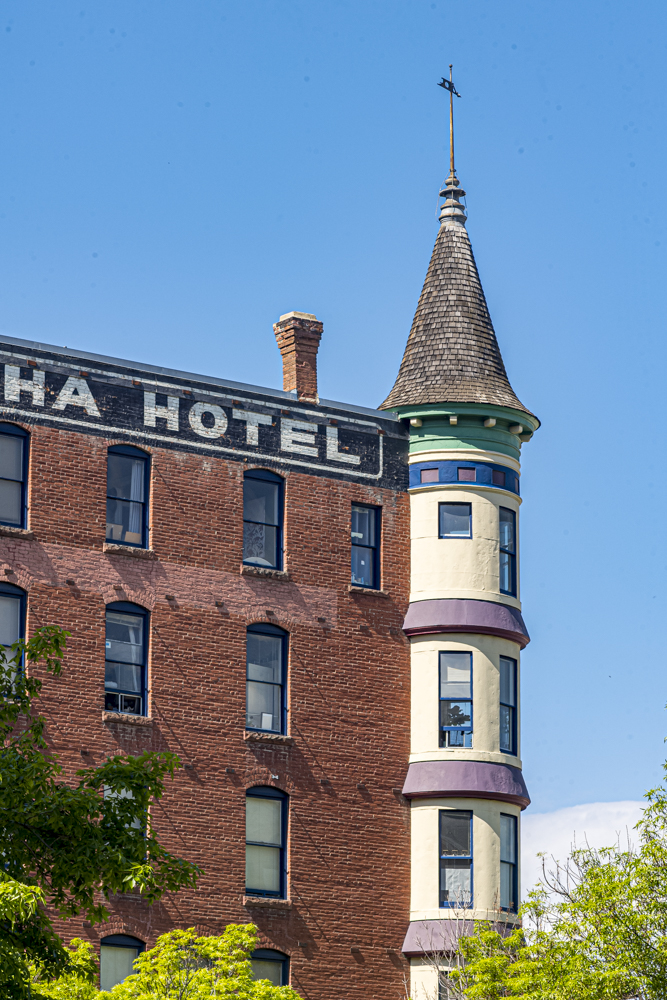
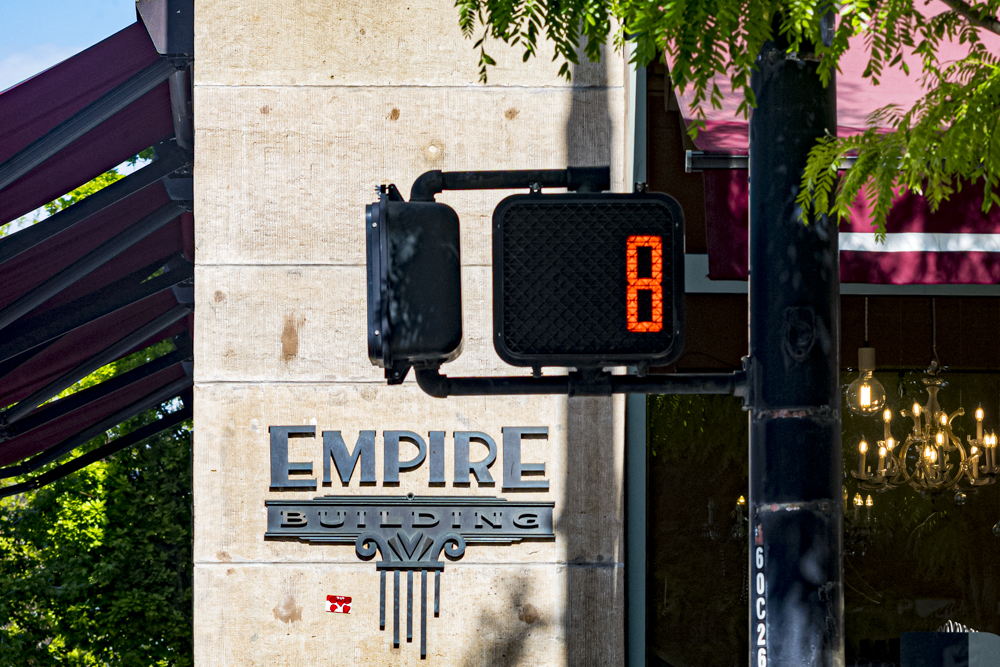
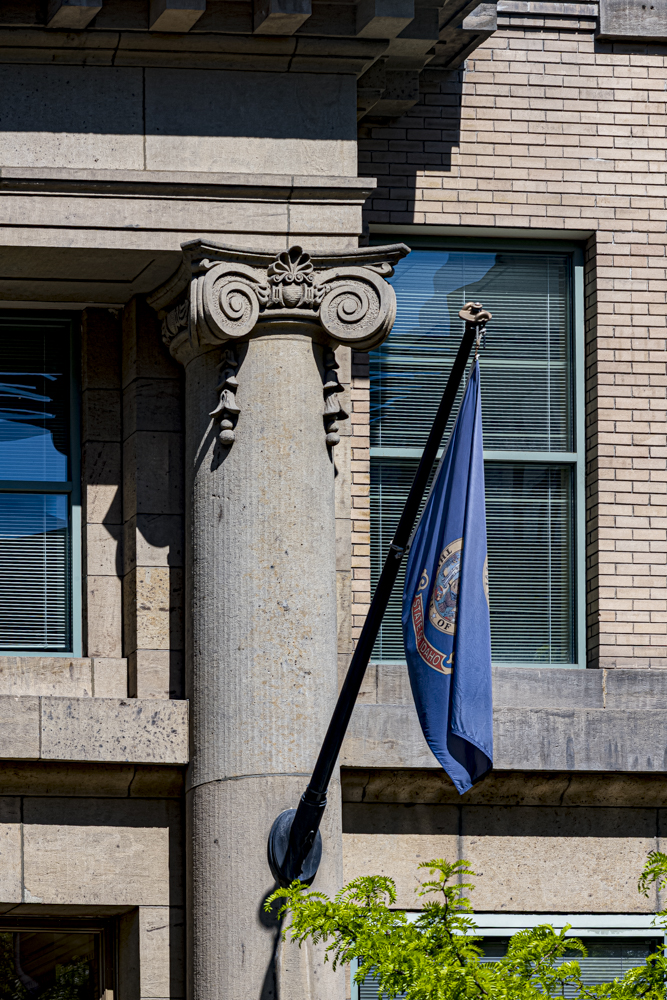
And some candids – all were cropped from one quarter of the 24mp RAW file, making the focal length equivalent to 270mm. Unlike, say, with a 21mm or 35mm focal length, ‘spray and pray’ is not a winning strategy with the 135mm. Careful handholding and accurate focus are the order of the day:
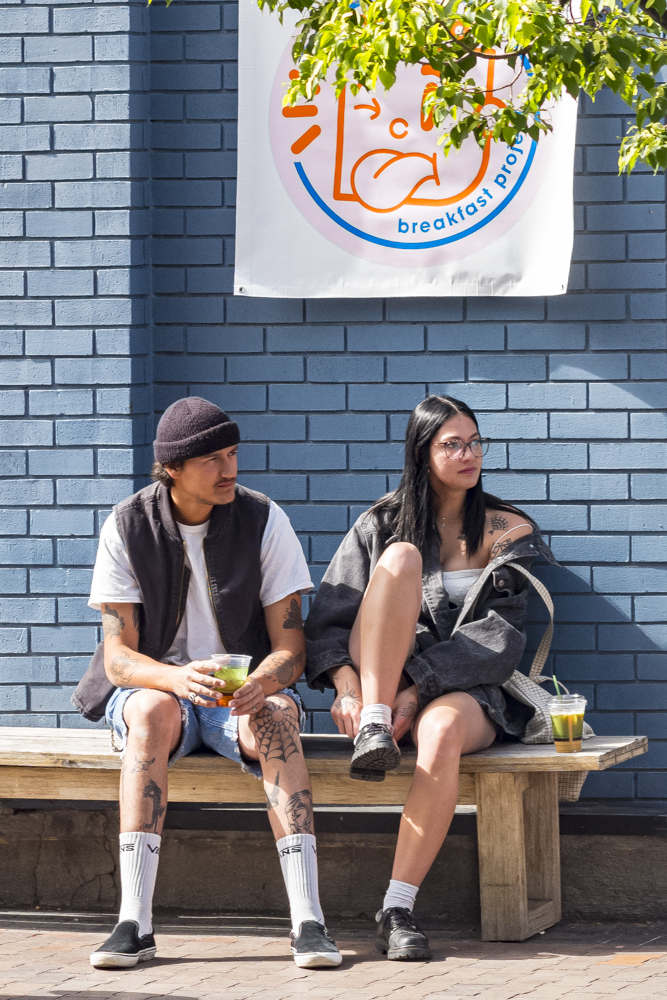
Sure hope they like those tattoos, because
they are stuck with them for life.
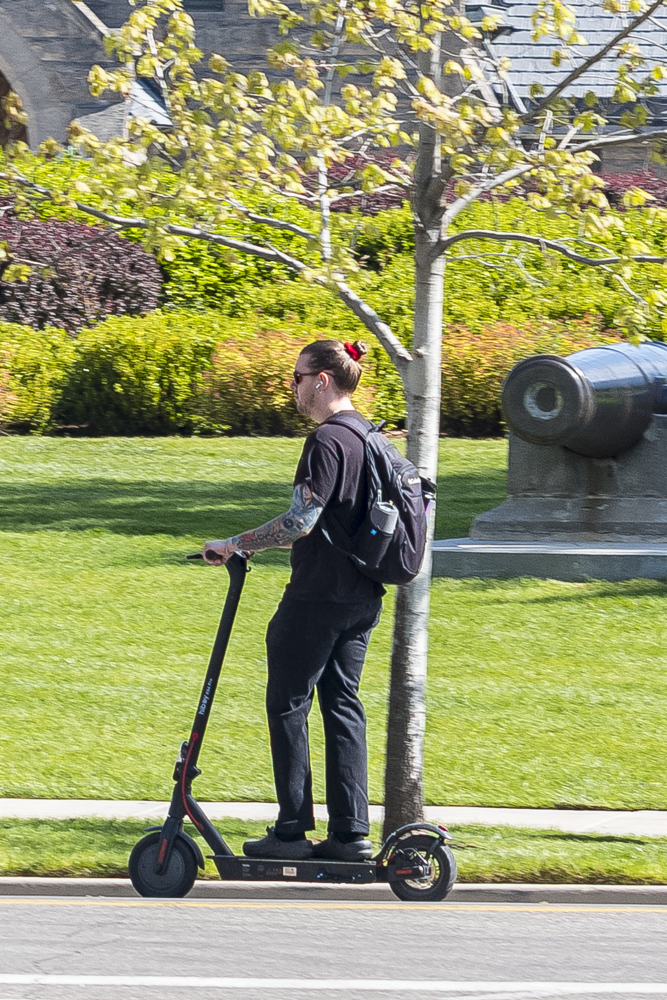
Another tattoo freak. The camera was panned to
enhance background blur.
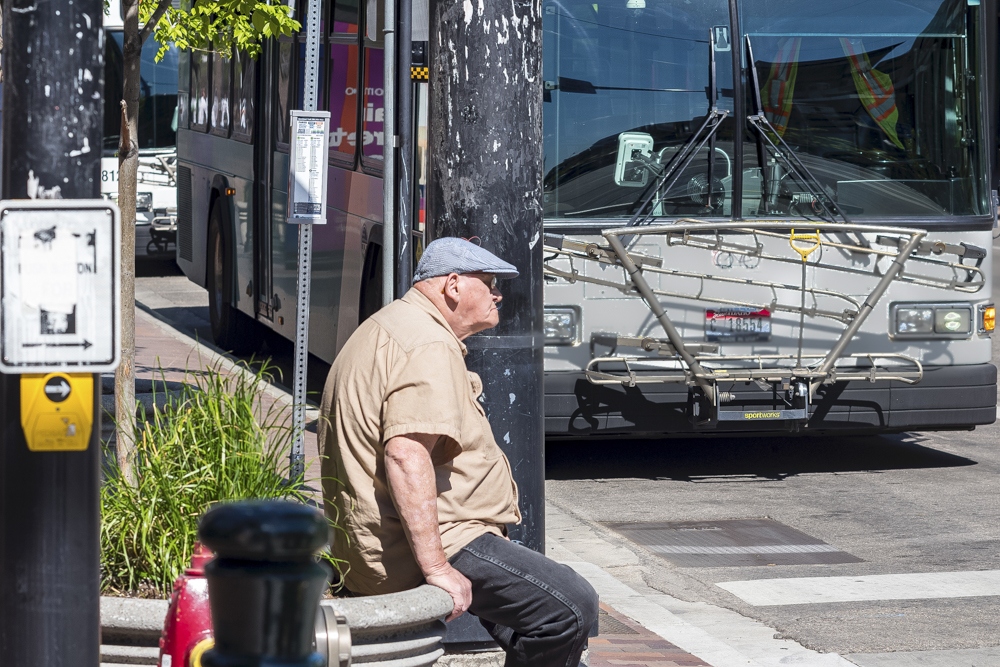
Taking in the sun.
The resolution is as good as anything money can buy and the main caveat is that, without solid technique and a properly adjusted rangefinder (check the link in the opening paragraph, above), results will be disappointing.
